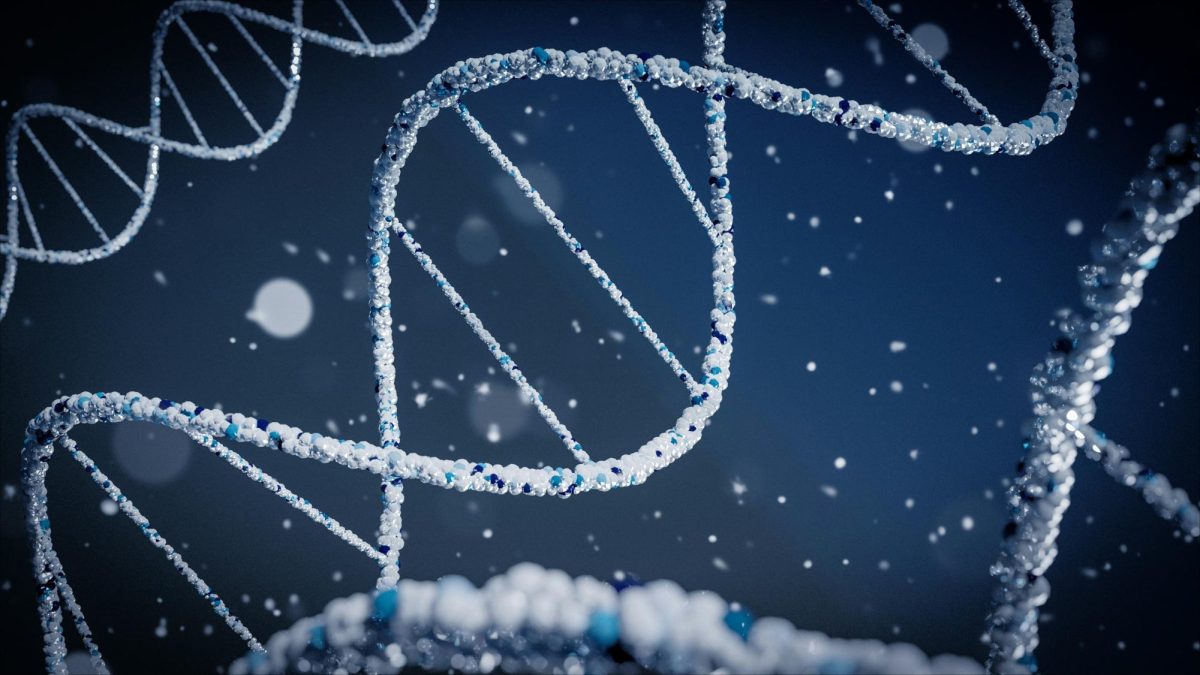Many have heard the story of Easter Island: the people who lived there hundreds of years ago ravaged the land and depleted its resources, causing their demise. However, new studies have shown that this might not be the case. According to studies conducted in June and in recent weeks, the DNA of the ancient Rapa Nui people tells quite a different story—one that suggests a smaller original population, no abrupt collapse, and even contact with Native Americans before Europeans landed on the island.
Rapa Nui, commonly known as Easter Island, is situated over 2,000 miles off the coast of South America. Around 1200, ancient Polynesians settled on the island and formed a culture famous for its multitude of massive stone statues called moai. Jared Diamond’s 2006 book Collapse popularized the theory that Rapa Nui’s early indigenous inhabitants destroyed its ecosystem and caused their fall before the Europeans’ arrival. However, some scholars doubt this theory’s accuracy. Researchers who question humans’ role in deforestation and its consequences on producing food have challenged the “ecocide” theory that a population of at least 15,000 depleted the island’s resources before outside contact. For the first time, scientists used ancient DNA to find out if the Rapa Nui people caused their demise.
When Europeans arrived at the island in 1722, they discovered a landscape devoid of the forests of palm trees that once covered the land. Until recently, it was believed that there had once been 15,000 inhabitants who had wiped out the island. DNA evidence suggests flaws in this theory. When the Europeans arrived, the Rapanui’s population was between 1,500 and 3,000, but they were reduced to a mere 110 people by the late 19th century. This was due to smallpox and the kidnapping of one-third of the inhabitants by Peruvian slave traders.
Anna-Sapfo Malaspinas, a Swiss population geneticist, and Víctor Moreno-Mayar, an evolutionary geneticist from Copenhagen, hoped that ancient Rapa Nui DNA could address the ecocide theory, in addition to the question of when exactly ancient islanders mingled with Native Americans. The researchers looked to human remains in France’s National Museum of Natural History for answers. These remains were collected in the 19th and early 20th centuries. Genome sequences from 15 individuals’ teeth or inner-ear bones and comparisons with other ancient and current populations indicated that they were Rapa Nui. Radiocarbon dating revealed that they lived between 1670 and 1950.
Ancient and modern genomes can both show how a population’s size gradually changes. In smaller populations, the segments of shared DNA inherited by a common ancestor are longer and more abundant. In larger populations, these pieces of shared DNA are shorter and appear less frequently. The genomes of the ancient Rapanui suggested a population bottleneck around the time of the island’s settlement, as one would expect upon the arrival of a founder group. Afterward, the population appeared to steadily increase until the 19th century. Further modeling has contradicted a drop from 15,000 to 3,000 people before the 1700s despite the difficulty translating these trajectories into definite numbers. Malaspinas says, “We’re quite confident that it did not happen.”
In June, researchers arrived at a similar conclusion using an alternate method. Previous research showed that rock gardens could have covered approximately twelve percent of Rapa Nui. Rock gardens are an agricultural method involving adding rocks to the soil to maintain moisture and nutrients. The research team utilized satellite images to map out rock gardens on the island to find out how many people lived there historically. They found that only a small part of the island was used for rock gardening, and this amount of agriculture could have supported a mere 4,000 people. This is far from the 15,000 people initially believed to have lived there.
Additionally, new studies have suggested that the Rapa Nui acquired Native American ancestry before having contact with Europeans. Researchers found that ancient Rapa Nui all had Native American ancestry in their genomes, which they ascertained had likely resulted from mixing in the 14th century. The Native American segments were most similar to people of the central Andean highlands in South America, but it is difficult to determine exactly who the Rapanui encountered. Nonetheless, the finding that they encountered Native Americans long before Europeans found Rapa Nui is a crucial discovery. According to Keolu Fox, a genome scientist at the University of California, San Diego, uncovering that the Rapanui reached the Americas will be unsurprising to Polynesians. “We’re confirming something we already knew,” he states. “Do you think a community that found things like Hawaii or Tahiti would miss a whole continent?” The new study shows about 10 percent Native American ancestry in the genomes of the Rapa Nui. The mixing might have occurred between 1250 and 1430, implying that the Polynesians landed in the Americas before the Europeans.
Malaspinas says community outreach in Rapa Nui shaped the questions the project sought to answer, including settling the relationship between ancient and modern Rapa Nui. Officials and Indigenous community members in Rapa Nui have endorsed and given input to the study, and the authors claim their data could contribute to the repatriation of the remains sampled. This means these ancient artifacts will be restored to their original home on Rapa Nui.









